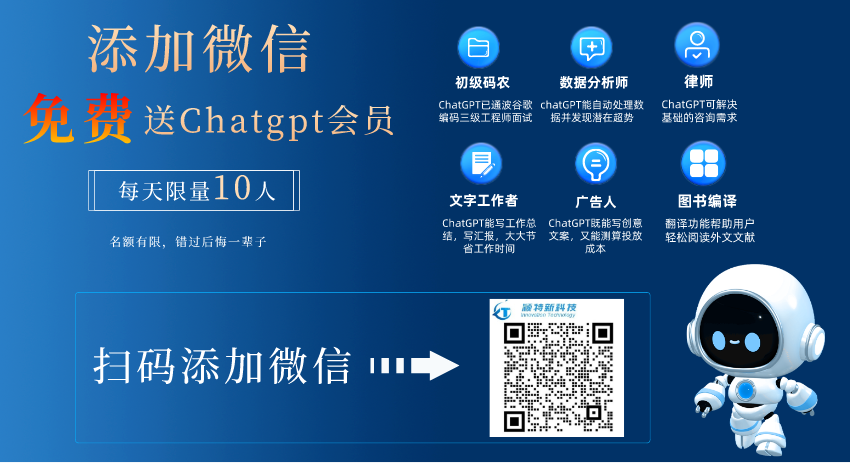单片机项目:51单片机之蓝牙控制风扇
这个是我大二才学51单片机的时候做的一个项目,其实这个项目比较简单,只不过是我们自己把它想得太难了,下面我来总结一下具体设计过程,我会上传代码和研究报告:点击这里!
首先买一个蓝牙模块,我买的是HC-06,在手机上下载一个蓝牙串口调试助手,等同于单片机的UART串口通信,利用BUFF来获取接受到的数据,这里只需要重视一个问题,就是测试编码,如果APP发送0xFF,(APP蓝牙串口调试助手已经支持手动设置按钮名字和发送的字符了)但是蓝牙模块很有可能接受到的是0xF8,0xF2,0xFE。所以这里我们首先应该测试编码。HC-06一般有5个端口,RX,TX,VCC,GND,AT,AT这里我们没有用到,是指更改密码,默认密码一般是1234或者0000,把VCC和GND接好,然后RX和TX分别和单片机的TX和RX相连接(就是P3^0和P3^1,切记要相反连接),然后我们按照一般的UART串口通信就可以啦,检测接受到BUFF数据,然后switch就可以实现相应的功能。

#include
#define uchar unsigned char
#define uint unsigned int
sbit PWM=P1^0;
sbit DSPORT=P3^7;
void Ds18b20ReadTemp();
void UsartConfiguration();
unsigned int temp=0;
unsigned char zhuanshu=20;
unsigned int cnt=0;
unsigned char receiveData;
unsigned int dingshi=0;
unsigned char min=1;
void main(void)
{
unsigned int i=3000;
UsartConfiguration();
while(1)
{
if(cnt>=3000)
{
cnt=0;
Ds18b20ReadTemp(); //3s检测一次温度
}
switch(receiveData)
{
case 177:ET0=1;zhuanshu=20;receiveData=0;break; // 数字1 风扇启动
case 178:zhuanshu=0;while(i--);ET0=0;receiveData=0;break; //数字2 风扇停止 由于IO口默认高电平 所以要让zhuanshu=0
case 179:zhuanshu=30;break;//数字3 低挡
case 180:zhuanshu=50;break;//数字4 中挡
case 181:zhuanshu=70;break;// 数字5高挡
case 182: // 数字6自动根据温度调节转速
{
if(temp<3200)
{
zhuanshu=25;
}
if((temp>3200)&&(temp<3300))
{
zhuanshu=30;
}
if((temp>3400)&&(temp<3600))
{
zhuanshu=50;
}
if((temp>3200)&&(temp<3300))
{
zhuanshu=60;
}
} break;
case 183: //定时时间数字7
{
static dingshi=0;
if(dingshi>=60000) //1分钟一个基准
{
min--;
dingshi=0;
if(min==0)
{
ET0=0;
zhuanshu=0;
}
}
break;
case 184: receiveData=0;min++;break; //增加时间 数字8
case 185: receiveData=0;min--;break; //减少时间 数字9
}
}
}
}
void UsartConfiguration()
{
SCON=0X50; //设置为工作方式1
TMOD=0X21; //设置计数器工作方式2
PCON=0X80; //波特率加倍
TH0 = 0xFC;
TL0 = 0x66;
TH1=0XF9; //计数器初始值设置,注意波特率是9600的
TL1=0XF9;
ET0=1;
ES=1; //打开接收中断
EA=1; //打开总中断
TR1=1;
TR0=1; //打开计数器
}
void Usart() interrupt 4
{
receiveData=SBUF; //出去接收到的数据
RI = 0; //清除接收中断标志位
}
void Time1(void) interrupt 1 //3 为定时器1的中断号 1 定时器0的中断号 0 外部中断1 2 外部中断2 4 串口中断
{
static unsigned char timer1=0;
TH0 = 0xF6; //重新赋初值
TL0 = 0x66;
timer1++;
cnt++;
dingshi++;
if(dingshi>=60050)
{
dingshi=0;
}
if(timer1>100) //PWM周期为100*0.5ms
{
timer1=0;
}
if(timer1
{
PWM=1;
}
else
{
PWM=0;
}
}
void Delay1ms(uint y) //延时程序
{
uint x;
for( ; y>0; y--)
{
for(x=110; x>0; x--);
}
}
uchar Ds18b20Init() //温度的子函数
{
uchar i;
DSPORT = 0; //将总线拉低480us~960us
i = 70;
while(i--);//延时642us
DSPORT = 1; //然后拉高总线,如果DS18B20做出反应会将在15us~60us后总线拉低
i = 0;
while(DSPORT) //等待DS18B20拉低总线
{
i++;
if(i>5)//等待>5MS
{
return 0;//初始化失败
}
Delay1ms(1);
}
return 1;//初始化成功
}
void Ds18b20WriteByte(uchar dat)
{
uint i, j;
for(j=0; j<8; j++)
{
DSPORT = 0; //每写入一位数据之前先把总线拉低1us
i++;
DSPORT = dat & 0x01; //然后写入一个数据,从最低位开始
i=6;
while(i--); //延时68us,持续时间最少60us
DSPORT = 1; //然后释放总线,至少1us给总线恢复时间才能接着写入第二个数值
dat >>= 1;
}
}
uchar Ds18b20ReadByte()
{
uchar byte, bi;
uint i, j;
for(j=8; j>0; j--)
{
DSPORT = 0;//先将总线拉低1us
i++;
DSPORT = 1;//然后释放总线
i++;
i++;//延时6us等待数据稳定
bi = DSPORT; //读取数据,从最低位开始读取
/*将byte左移一位,然后与上右移7位后的bi,注意移动之后移掉那位补0。*/
byte = (byte >> 1) | (bi << 7);
i = 4; //读取完之后等待48us再接着读取下一个数
while(i--);
}
return byte;
}
void Ds18b20ChangTemp()
{
Ds18b20Init();
Delay1ms(1);
Ds18b20WriteByte(0xcc);//跳过ROM操作命令
Ds18b20WriteByte(0x44); //温度转换命令
// Delay1ms(100);//等待转换成功,而如果你是一直刷着的话,就不用这个延时了
}
void Ds18b20ReadTempCom()
{
Ds18b20Init();
Delay1ms(1);
Ds18b20WriteByte(0xcc);//跳过ROM操作命令
Ds18b20WriteByte(0xbe);//发送读取温度命令
}
void Ds18b20ReadTemp()
{
float tp;
int temp1 = 0;
uchar tmh, tml;
Ds18b20ChangTemp();//先写入转换命令
Ds18b20ReadTempCom();//然后等待转换完后发送读取温度命令
tml = Ds18b20ReadByte();//读取温度值共16位,先读低字节
tmh = Ds18b20ReadByte();//再读高字节
temp1 = tmh;
temp1 <<= 8;
temp1 |= tml;
if(temp1< 0)
{
temp1=temp1-1;
temp1=~temp1;
tp=temp1;
temp1=tp*0.0625*100+0.5;
}
else
{
tp=temp1;
temp1=tp*0.0625*100+0.5;
}
temp=temp1%10000;
}

编辑:admin 最后修改时间:2018-05-18


